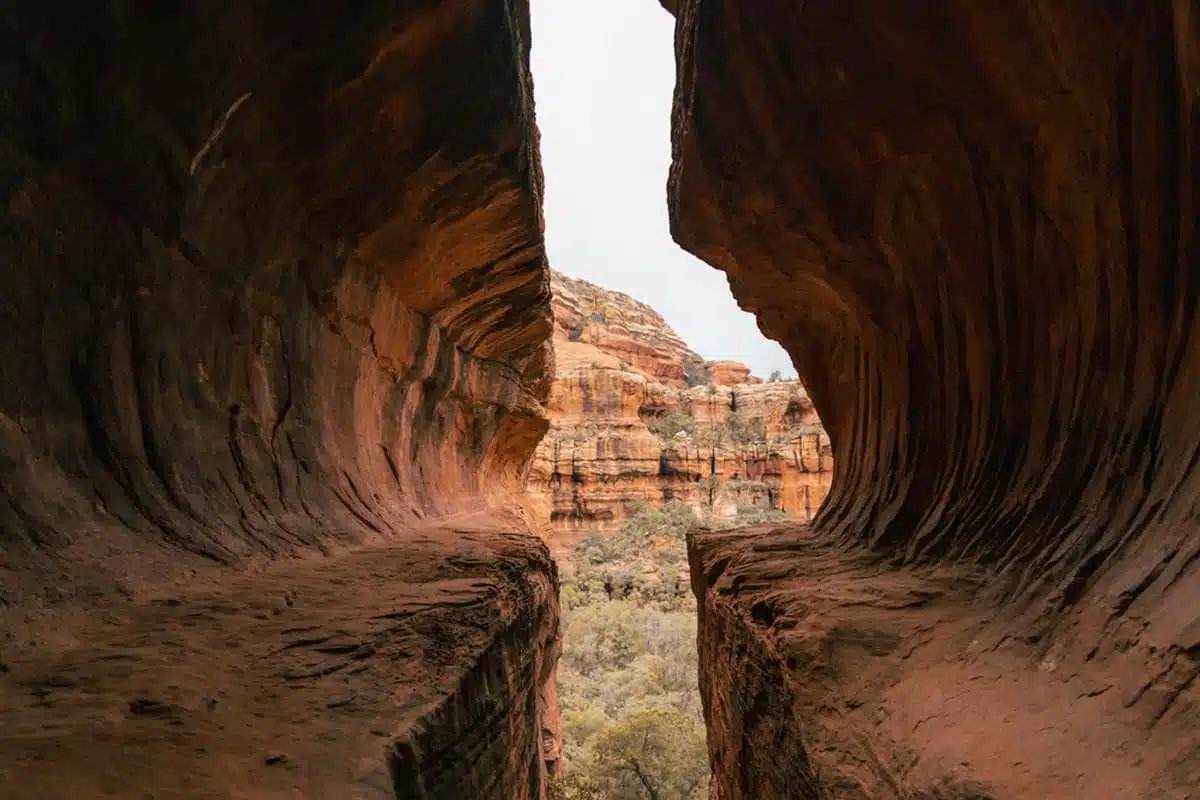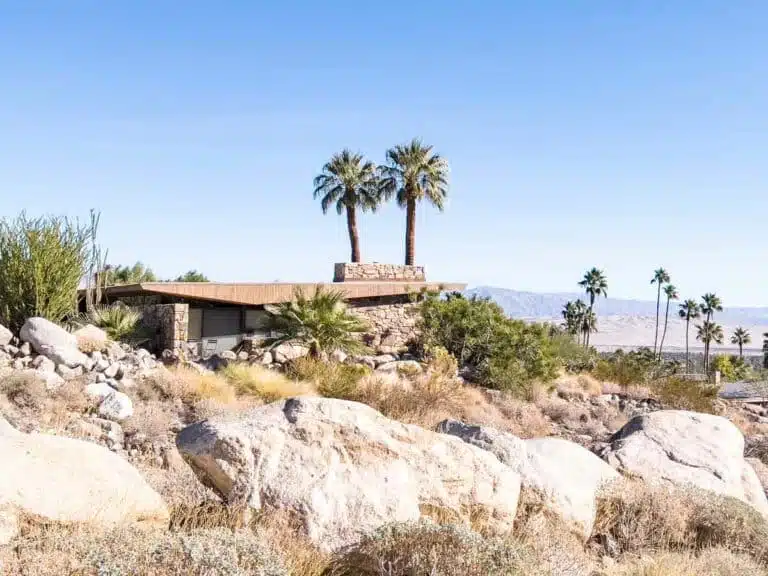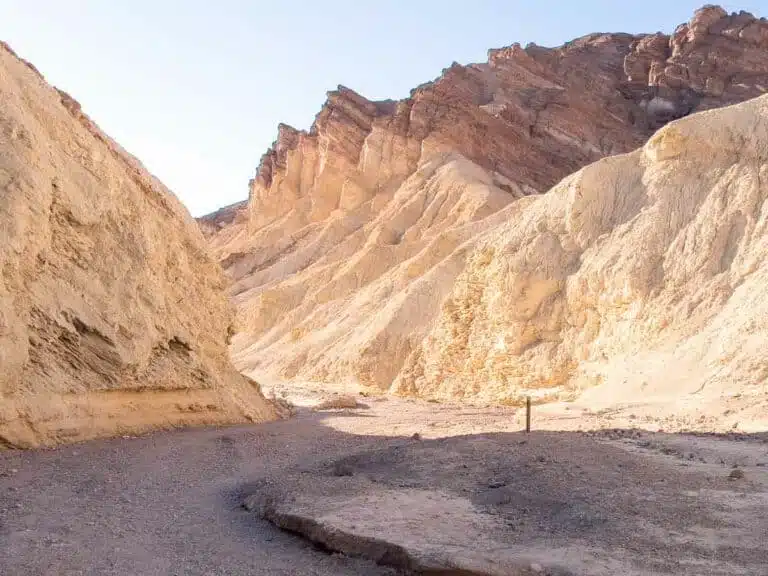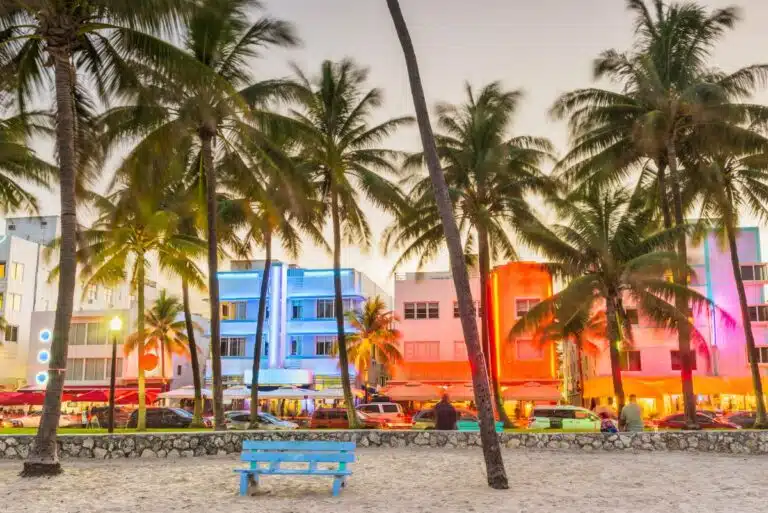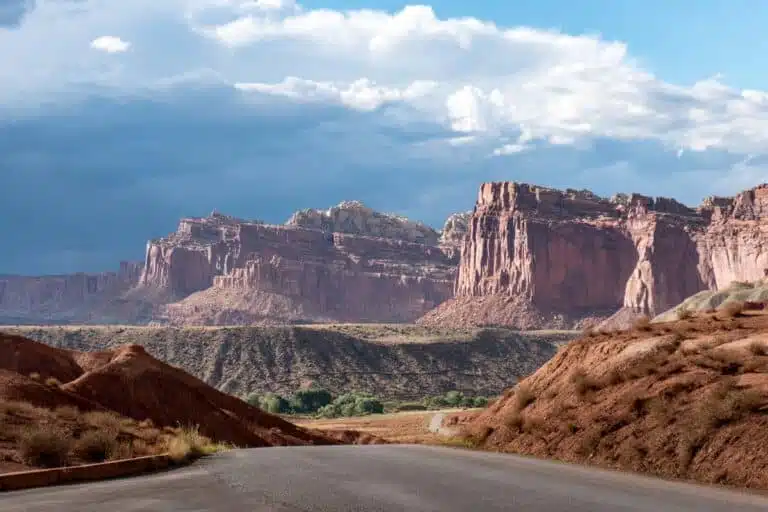Planning to hike the Boynton Canyon Trail to visit Sedona’s Subway Cave? Keep reading to discover more about this tremendous trail and top tips for your trip.
I’ll let you in on a secret… Sedona is home to a hidden cave. Yes, really.
Hiking to the Subway Cave is one of the best things to do in Sedona, and not just for the uniquely shaped (and highly sacred) cave.
But, starting at the Boynton Canyon Trailhead, the views of luscious greenery and red rocky outcrops along the way are enough to leave you breathless long before you even reach the cavern.
Let’s face it, you can easily find a great hiking trail in just about any part of the world. But few places can compare with the mystical trails of Arizona’s Red Rock Country. Especially if you have a taste for lots of really cool, really old rock formations.
Intrigued? I thought you might be – here’s what you need to know before you tackle the trail.
Hiking the Subway Cave Sedona: In Detail
Let’s uncover everything you need to know before you hike to the Sedona Subway Cave…
The Boynton Canyon Trailhead
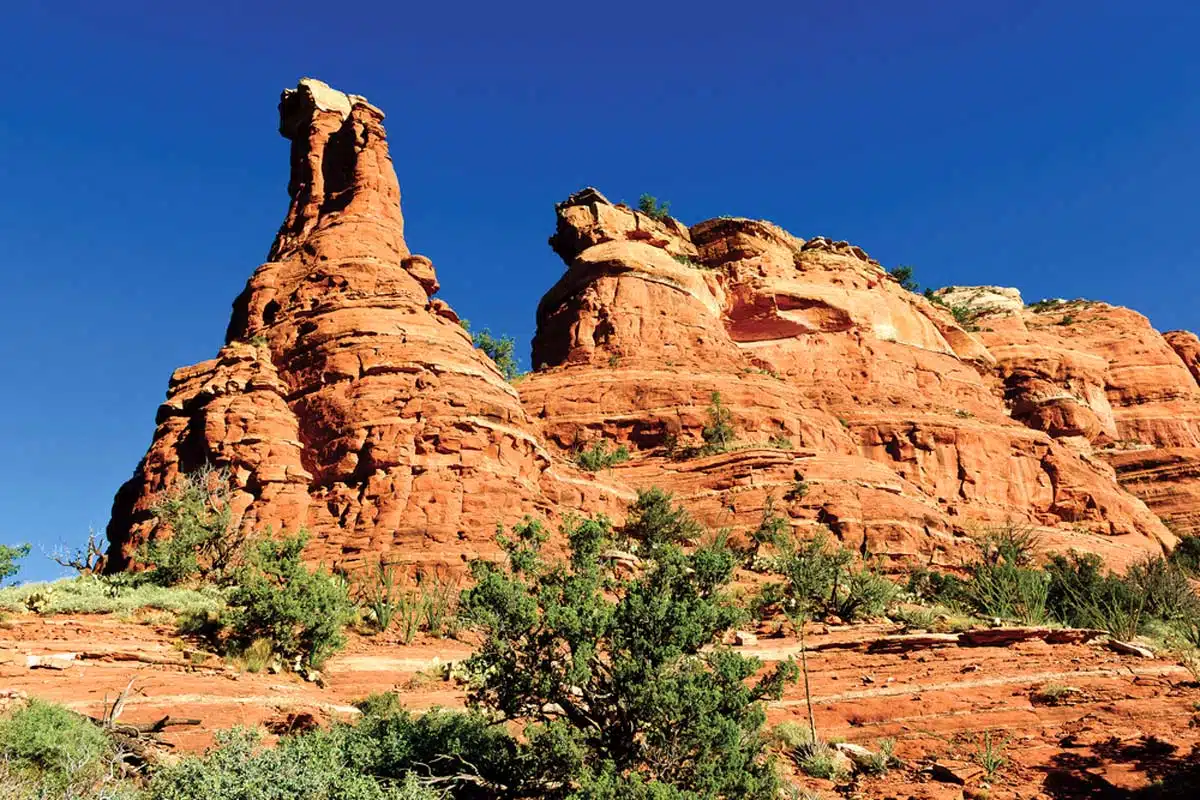
As the Subway Cave is semi-hidden along the trail, the first thing you’ll need to do is to locate the Boynton Canyon trailhead. Which is easy enough – you’ll find it in the parking lot where Boynton Canyon Road and Boynton Pass Road meet.
You should double- and triple-check that you’re at the right trailhead so you don’t mistakenly stumble upon the other trailheads in the area, like Fay Canyon Trail. Once in Boynton Canyon’s parking lot, you must purchase a Red Rock Pass at the trailhead to hike to the Subway Cave.
The First Junction
From the parking lot, follow the trail until you come upon the first junction at about 0.2 miles in. You’ll need to turn left at this junction; otherwise, you’ll find yourself on Deadmans Pass Trail, which does not lead to the Subway Cave.
About another 0.2 miles into the trail (0.4 miles from the trailhead), you will come across an entirely optional side trail but 100% worth it if you want another angle of the Canyon. Stick around, because I’ll talk you through this detour at the end of the article.
The trail will open up to a stunning view of the Enchanted Resort on your left, so you can marvel at some of Sedona’s most protected wildlife. You’ll also find some impressive sandstone cliffs brushing up against the trail on your right.
The Subway Cave, Sedona AZ Hike
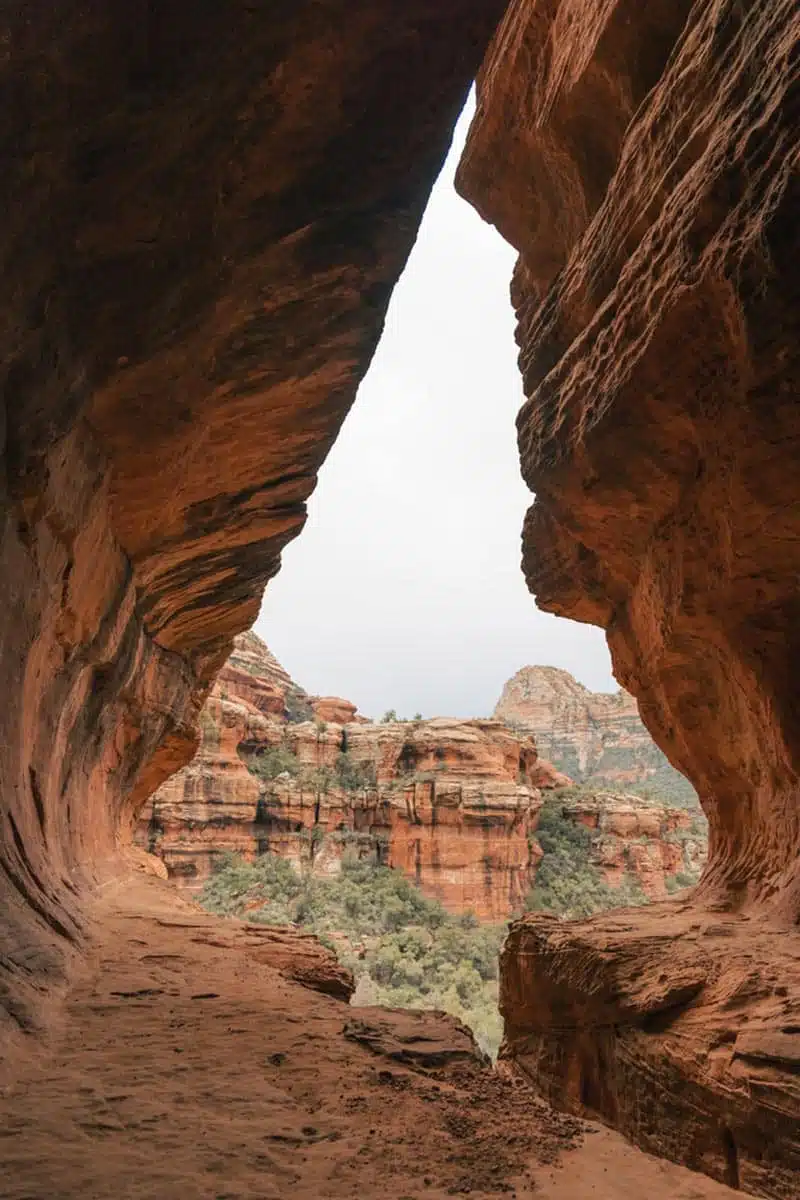
When you start nearing the 2-mile mark on the trail, keep your eyes peeled for the Subway Cave turnoff, as no official signs mark the path. Look out for a large Alligator Juniper tree on the left side of the trail (its bark looks like alligator scales).
The trail to the Subway Cave will be directly across from this tree on the right side of the Boynton Canyon trail. The path up to the cave is about a 0.4-mile journey and is manageable despite the slight climb and narrower trail.
Tip: The Subway Cave is a sacred Sinagua ruin, and the path to get there is a protected site, so try to avoid getting too handsy with the sandstone walls or any of the wildlife.
The Sedona Cave Summit
The trail itself is simple, but the hardest part of this Sedona Subway hike is the final stretch. The overall elevation of the hike is about 800 feet, with the steepest climb being the entrance to the cave – it looks like a slide between a slit in the sandstone walls from the bottom.
Once at the top of the slope, you’ll finally see where it gets its name. With more likeness than I was willing to believe, the cave resembles a subway station, specifically the Zion National Park Subway.
From here, you can take pictures along the ledges, or even dare to follow them around the corner to see more of the ruins. But the real magic is in the cave’s opening, where the morning and early noon sun hits the sandstone walls and sets the air alive with oranges and reds.
You’ll want to take as many pictures as possible while up there, but you should know that if there’s a crowd, there’s sure to be a line. Just make sure while you’re waiting that you abide by the Leave No Trace principles so that those who came after can enjoy it just the same.
Detours En Route to the Sedona Subway Cave
Remember that little detour I mentioned about 0.4 miles in from the trailhead? This is known as the Boynton Vortex Pass Road and offers a beautiful view of the canyon and Enchantment Resort.
It should only take about 40 minutes, so I’d recommend making the detour on your way back from the Subway Cave trail.
Practical Tips for Hiking the Subway Cave in Sedona
- Always check the weather forecast before heading out to the trail to ensure you have the best conditions for a Subway Cave hike.
- Despite being a shorter hike, this does not rule out the importance of water and protection against the heat. Hydrate regularly throughout the hike, and remember your hat and sunscreen.
- As the trail leading to the cave is not officially marked, you should download an offline map of the trail beforehand or take a picture of the map at the trailhead as a precaution.
The Subway Cave Trail, Sedona: FAQs
When to Hike the Subway Cave Trail
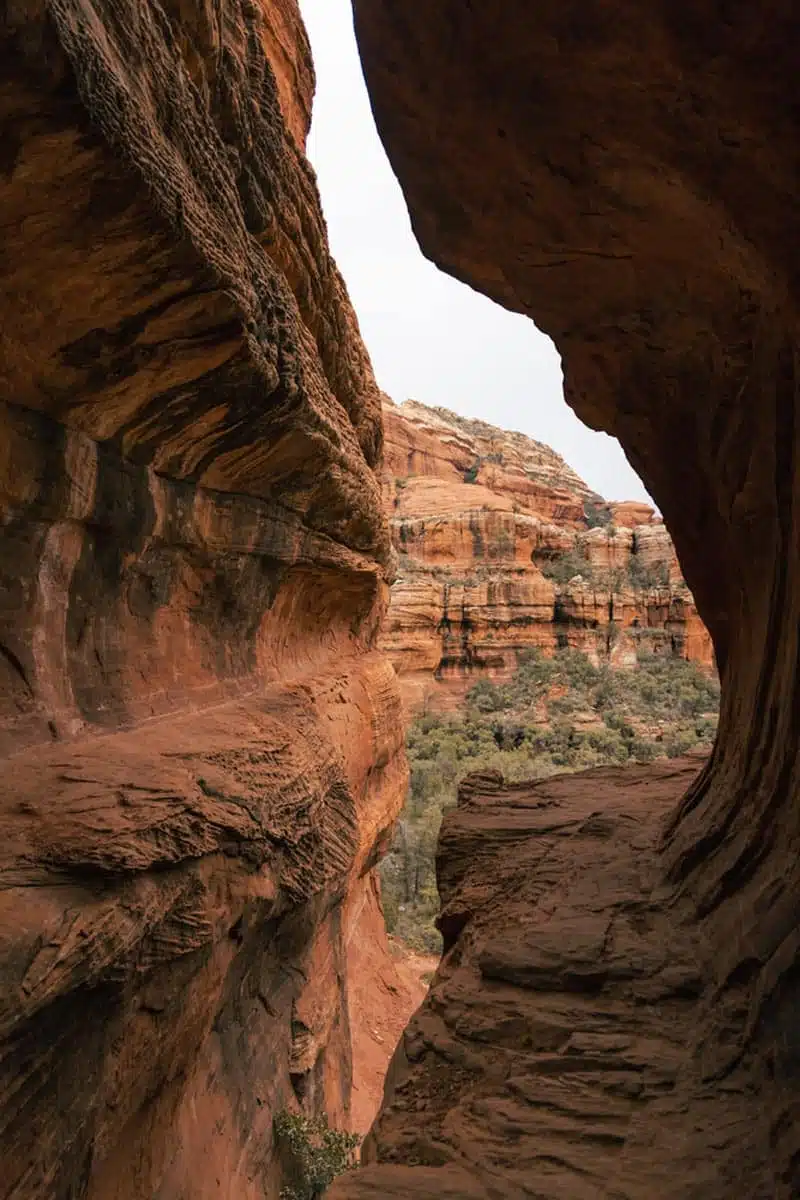
The Subway Cave’s peak seasons are between March through May and September through to December. If you want to avoid both the heat and the crowds (and believe me, there will be both), then the best time to visit Sedona for this hike would be during the spring or autumn shoulder seasons.
Regardless of your chosen season, you should always try to be at the Boynton Canyon Trailhead by 7am. Not only will your chances for parking be better, but you will also have a better experience at the Subway Cave as the sunlight only reaches the cave until late afternoon.
Believe me, you will want to see what a little sunlight can do to this place.
How Hard is the Hike to Subway Cave in Sedona?
The hike is relatively easy as the trail is mostly flat. The hardest part only comes at the end with the steep entrance to the cave.
How Long Does It Take to Hike Subway Cave Sedona?
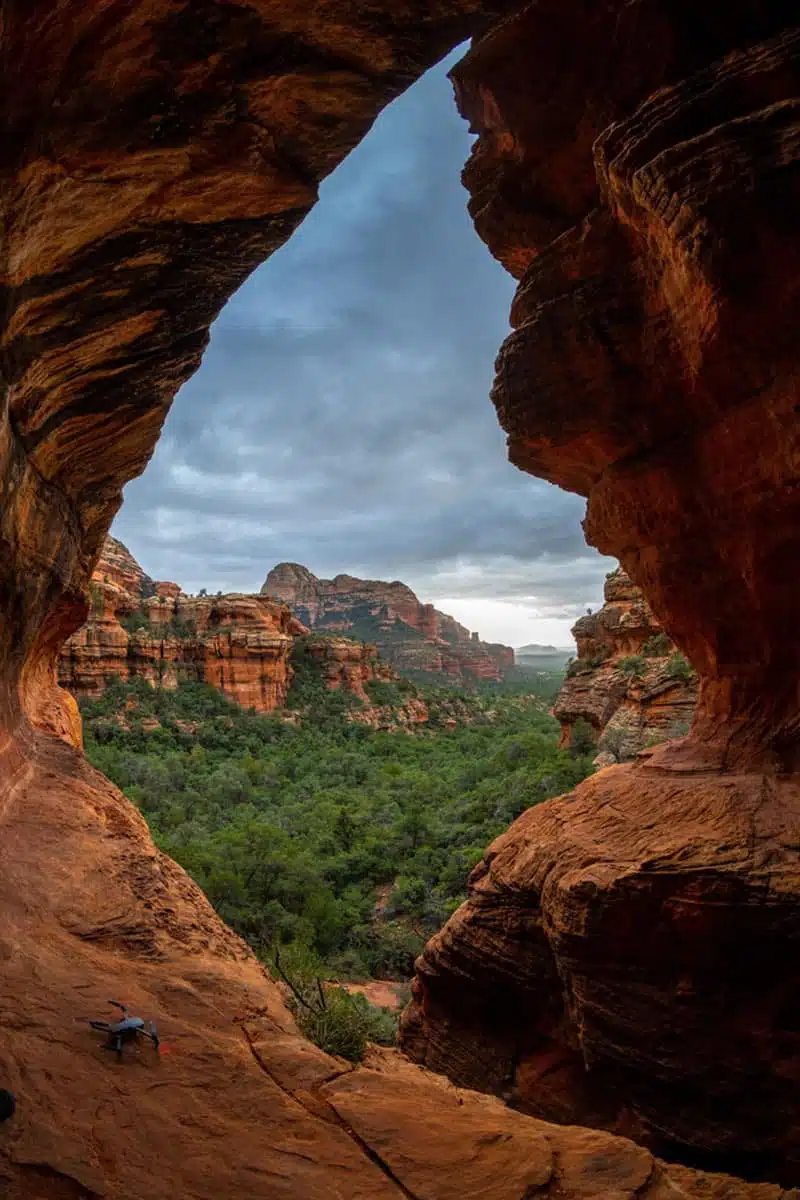
This out-and-back trail to the Subway Cave from Boynton Canyon Trailhead is about 5.3 miles and should take about 3 hours. The full Boynton Canyon Trail is about a 7.5-mile round-trip that should take about 6 hours, excluding the detour down the side trail Boynton Pass Vortex.
Why is Sedona so Special?
Apart from the incredible scenery and historic significance, Sedona has been a profoundly spiritual place for many years now. Many people flock to Sedona for spiritual retreats and energetic healing, especially for the numerous Vortexes in the area, including in Boynton Canyon.

